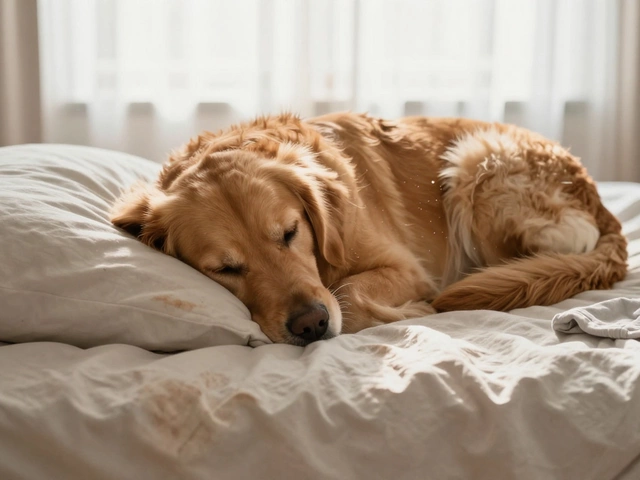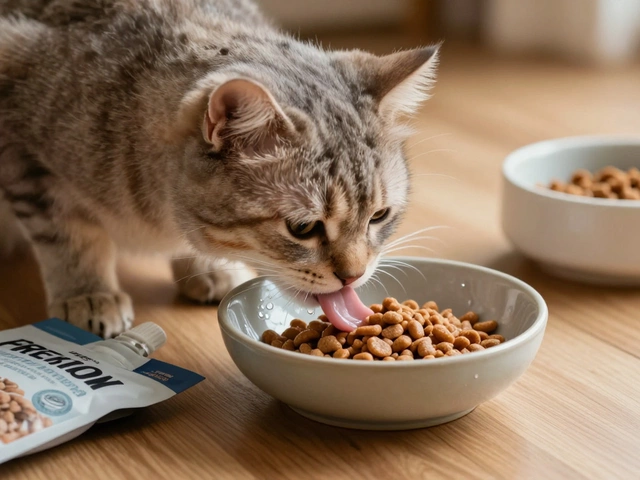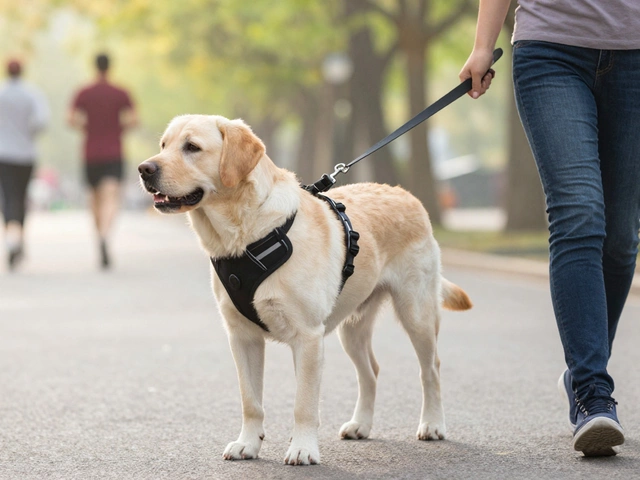Puppy Training Made Simple: Real Tips for New Dog Owners
Got a wiggly pup and a head full of questions? You’re not alone. Training a puppy feels like a marathon mixed with a comedy show, but the right routine can turn chaos into calm. Below are the core steps that actually work, no fluff.
Start With Housebreaking Basics
The first battle is the bathroom. Puppies usually need to go every two hours, after meals, and right after waking up. Set a consistent schedule: take your pup out first thing in the morning, after each snack, and before bedtime. Pick a designated spot outside, use the same cue word like “outside,” and reward immediately with praise or a tiny treat. If an accident happens indoors, clean it with an enzymatic cleaner so the scent disappears—otherwise your puppy will think it’s a repeat invitation.
Teach Core Commands Quickly
Sit, stay, and come are the three pillars every new dog should know. Keep sessions under five minutes, three times a day. Hold a treat above the nose, move it back—when the pup’s bottom drops, say “sit” and give the treat. For “stay,” ask for a sit, then step back a foot, say “stay,” and return for a reward. “Come” works best with a fun tone: crouch, open arms, call the name, and celebrate when they dash back. Consistency beats length; short, frequent practice beats one long drill.
Socialization is the next big factor. Safely expose your pup to different people, dogs, sounds, and surfaces during the critical 8‑to‑16‑week window. A calm walk in a busy park, a quick hello to a neighbor, or a brief car ride helps them grow confident. If something scares them, stay calm and retreat; pushing them only creates fear.
Crate training can be a lifesaver. Choose a crate just big enough for your puppy to turn around, lie down, and stretch. Fill it with a comfy blanket and a chew toy. Feed meals inside the crate so they link it with good vibes. Start with short periods while you’re home, then gradually extend as they settle.
Chewing is natural, but not on your shoes. Swap destructive items for appropriate chew toys—rubber Kongs, rope toys, and sturdy bones work well. When you catch them chewing something off‑limits, calmly redirect them to a toy and praise the switch.
Remember, puppies thrive on predictable routines. Feed at the same times, walk at set intervals, and keep bedtime consistent. Predictability reduces anxiety, which means fewer accidents and less barking.
If setbacks happen, don’t panic. A missed bathroom spot or a skipped command is normal. Adjust the schedule, repeat the cue, and stay patient. Over time, the good habits stick, and the messy moments fade.
Training isn’t a one‑time event; it’s an ongoing conversation with your dog. Celebrate tiny wins, keep the tone upbeat, and your puppy will grow into a well‑behaved companion who’s happy to please.
Ready to start? Grab a notebook, jot down the schedule, pick a cue word, and head outside. The first step is always the hardest, but the payoff—quiet evenings, friendly walks, and a buddy who listens—makes every effort worth it.

Best Routine for an 8 Week Old Puppy: Simple Steps & Top Toy Picks
Raising an 8 week old puppy is a wild ride, with the right routine making everything smoother. This guide breaks down the best daily schedule for a young pup, covering playtime, sleep, meals, and the perfect toys for their stage. Expect bite-sized tips, real-life advice, and must-know facts that make a genuine difference. Whether you’re a first-timer or it’s been a while, you’ll leave with an action plan that makes both you and your puppy happy. No fluff, just real-life help that works.
read more
Effective Solutions for House-Training a Puppy and Managing Accidents
House-training a puppy requires patience, understanding, and the right approach. If your puppy pees in the house, learning the best disciplinary methods is crucial to ensure effective learning and a happy household. It's important to approach this problem with a positive mindset and practical strategies. This article provides useful information on how to handle accidents and reinforce good behaviors using effective puppy training techniques.
read more
Essential Puppy Training: Start with the 'Sit' Command for Behavior Success
Training your puppy starts with teaching basic commands to help establish good behavior. The 'sit' command is often the most beneficial command to start with because it lays the foundation for other commands and helps your puppy focus. This article dives into reasons why 'sit' should be your first command, along with effective strategies and the potential benefits it offers both you and your furry companion. Learn how you can incorporate toys into your training regime to make the process enjoyable and engaging for your puppy.
read more



